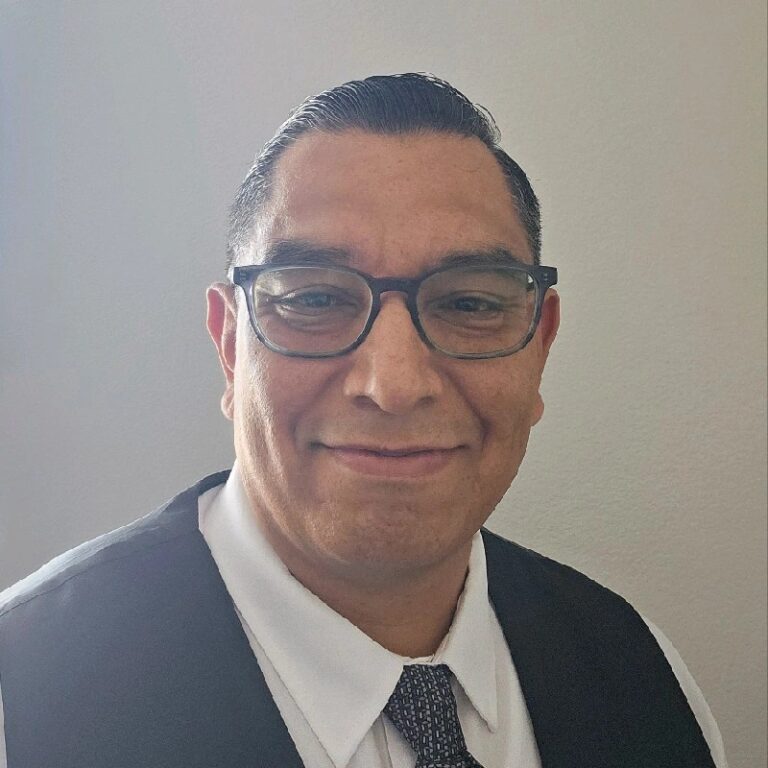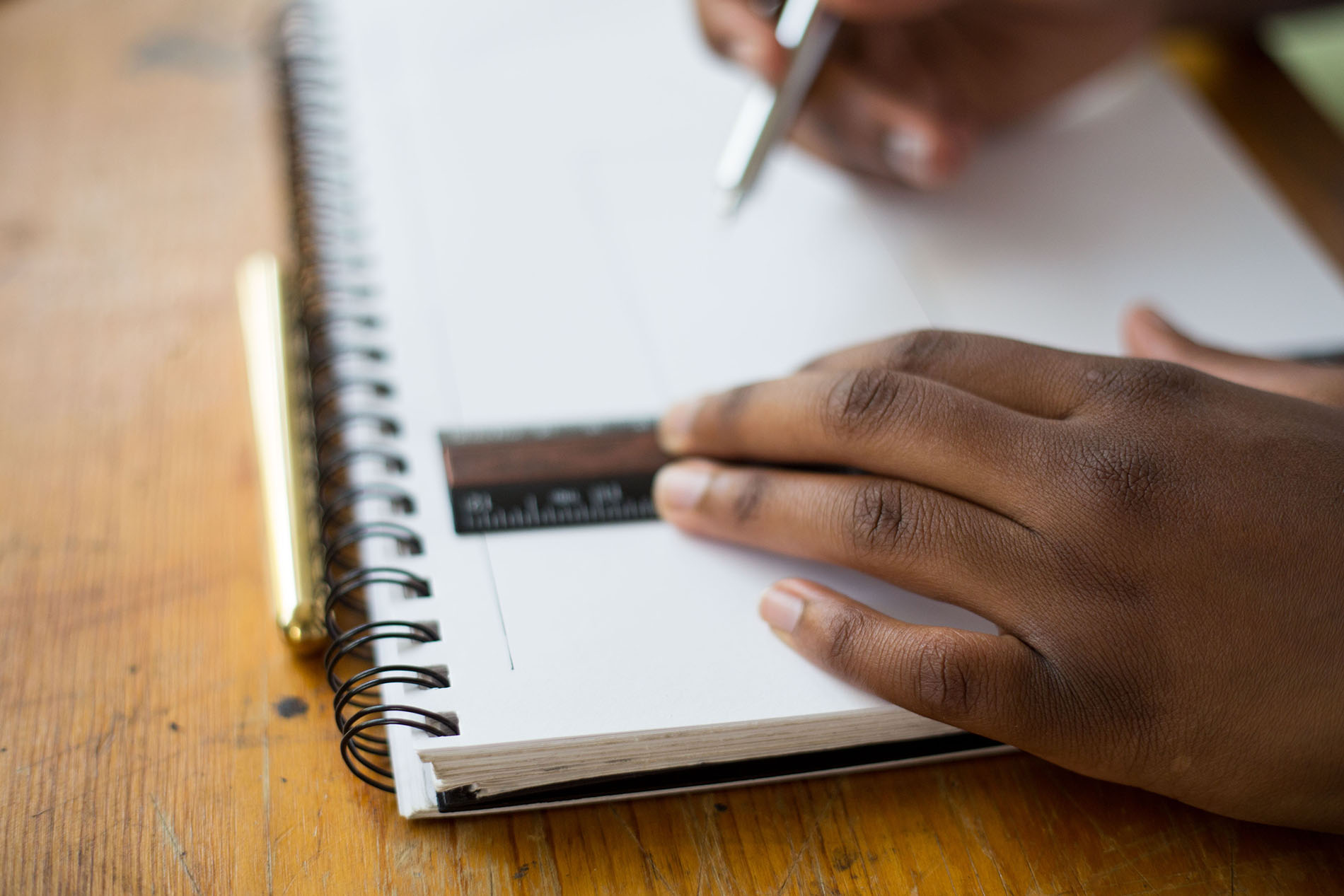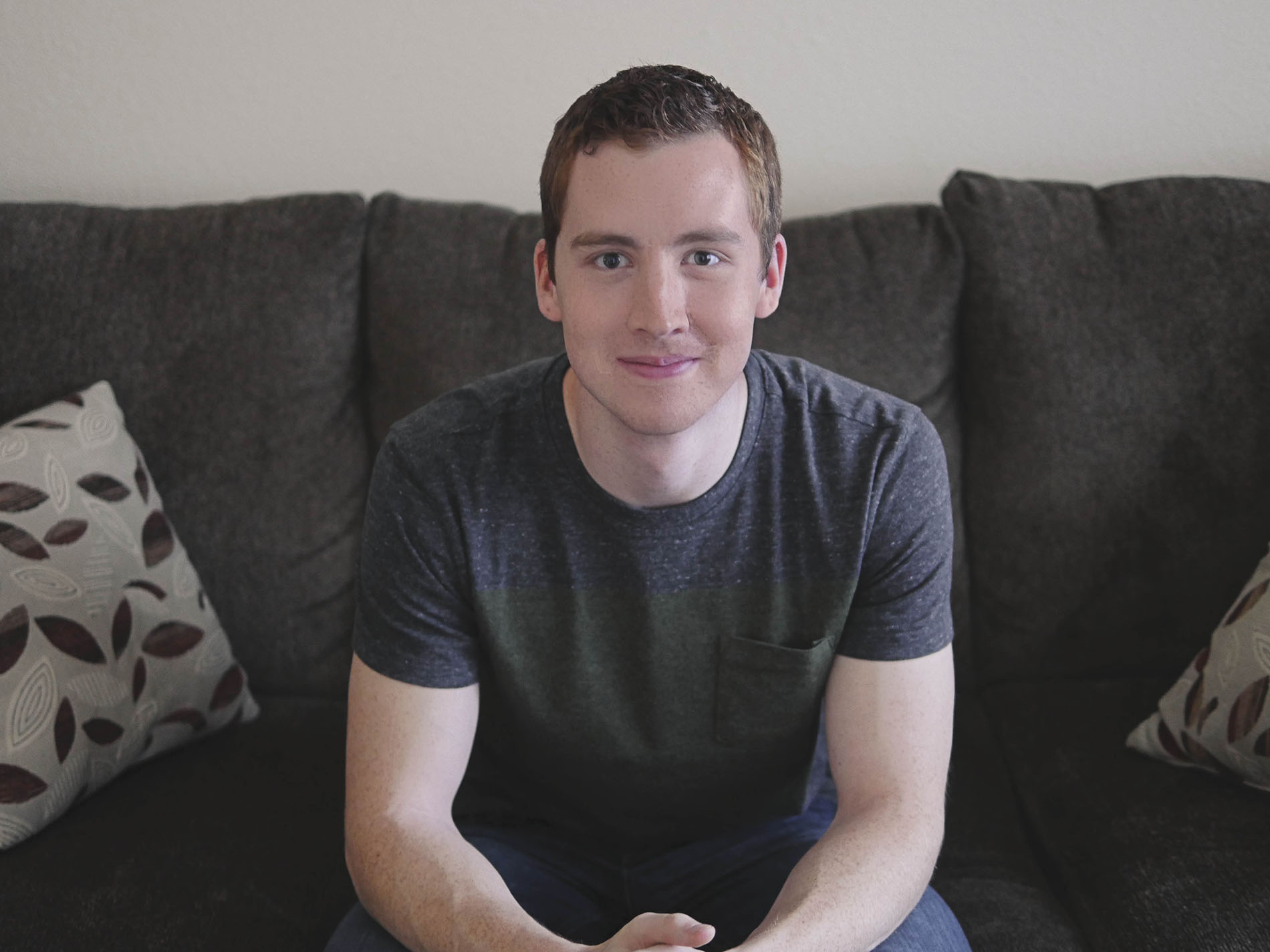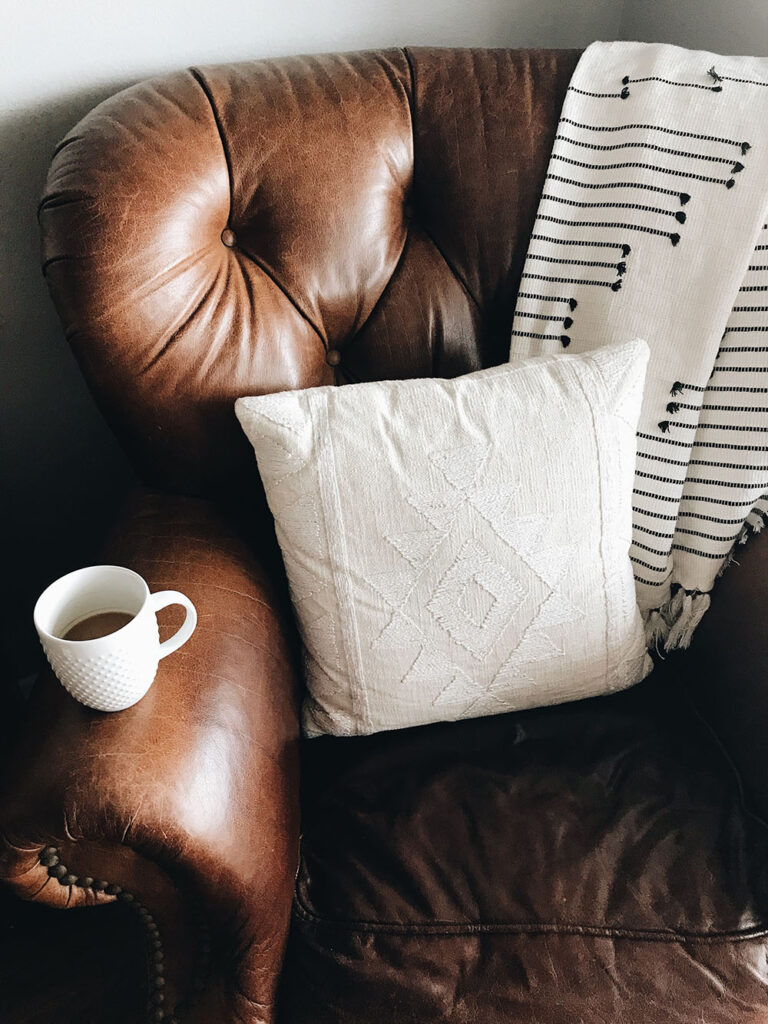AFTER ABSTINENCE
Group therapy for people navigating life, connection, and purpose after the substance is no longer in control
You’ve Made It This Far
You’ve already done something profoundly difficult: you stopped. Whether it was alcohol, substances, or a behavior that once brought relief but eventually caused suffering—you found a way out. Maybe it was through treatment, community, 12-step groups, or another path. Whatever it took, you got here.
And now, you’re sensing that abstinence was only the beginning.
New patterns might be emerging. They don’t carry the same consequences, but the energy feels familiar. Relationships feel strained. Money, food, and emotions feel hard to navigate. Craving still shows up—just in different clothes.
Get To Know Your Facilitator, Eli Kinsley, LMFT
I know reaching out for support isn’t always easy. Life gets complicated—whether it’s anxiety, grief, recovery, relationships, or just feeling off in ways that are hard to name. If any of that sounds familiar, you’re not alone. I’ve worked with people in all kinds of spaces—some just beginning their healing, others digging deeper after years in recovery or therapy.
My approach is collaborative, down-to-earth, and centered around you. We’ll work together to understand what’s getting in the way and find tools that actually make a difference. I pull from both traditional therapy (like CBT) and culturally rooted, decolonized practices—because healing isn’t one-size-fits-all.
My goal is to help you feel more like yourself again—at your pace, in your voice, and on your terms.

This Group Is for You If…
- You’ve let go of the substance or behavior—but something still feels unmoored
There’s been real change, yet underneath the relief, there’s a disorienting sense of emptiness or not-quite-rightness that’s hard to name. - Old patterns are resurfacing in new forms
Whether it’s overworking, overthinking, scrolling, or controlling—your brain finds a workaround. The story feels familiar, just dressed differently. - Relationships feel complicated and hard to navigate
Connecting feels out of reach, boundaries blur, and intimacy—whether with others or yourself—feels more fragile than expected. - You’re showing up in recovery, but something still feels off inside
On paper, everything looks good. But inside, there’s a quiet ache. Like your healing hasn’t quite caught up to your progress. - Big feelings hit harder now that you’re not numbing them
Without the buffer, emotions come in sharper. Shame, anxiety, numbness—they all seem louder in the quiet of abstinence. - You’re longing for real, unfiltered connection
Not the surface kind. The kind where your story is welcome, your contradictions are safe, and you’re met as a whole person. - You’re wrestling with who you are beyond addiction
The questions have shifted: Who am I now that I’ve stopped? What really matters to me, and how do I want to live? - You’re leaning into healing without rushing it
This isn’t about fixing what’s broken. It’s about tending to what’s already alive in you—with patience, permission, and care. - You want a recovery path that feels soulful and embodied
Something grounded in relationship, in the wisdom of your body, in presence. Less rulebook—more resonance. - You’re ready to build something honest and lasting
Stopping was step one. Now you want something deeper—recovery that feels meaningful, not just manageable.
Frequently Asked Questions
Find answers to common questions about therapy, mental health support, and how I can help you on your journey to healing in Oregon
Ketamine Assisted Psychotherapy (KAP) is a therapeutic approach that combines the use of ketamine—a legal, fast-acting medication—with guided psychotherapy. In a safe, supportive setting, ketamine can help clients access deeper emotional insight, reduce symptoms of depression, anxiety, and PTSD, and support meaningful breakthroughs when paired with skilled therapeutic integration.
Ketamine works by interacting with NMDA and AMPA receptors in the brain, which are involved in mood regulation and neuroplasticity. This interaction helps form new neural pathways, allowing clients to shift out of rigid thought patterns and experience relief from symptoms. When combined with psychotherapy, these effects can be harnessed to support long-term healing and personal growth.
KAP may be a good fit for individuals experiencing depression, anxiety, PTSD, or those in addiction recovery who haven’t found relief through traditional methods. It’s also an option for those seeking deeper personal or spiritual insight. A no-cost consultation and medical screening are required to determine eligibility and ensure safety.
Ketamine has been shown to reduce symptoms of depression, anxiety, and trauma-related conditions—often with faster results than traditional treatments. It can also enhance emotional openness, support new perspectives, and create a window of neuroplasticity where therapeutic change is more accessible.
During a session, you’ll self-administer ketamine in a calm, private setting with your therapist present. The experience typically lasts about three hours, beginning with a guided preparation, followed by the ketamine journey itself, and concluding with time to reflect and begin integration. Music, eyeshades, and a comfortable environment help support the process.
The Intention
Understand
Gain insight into addiction, trauma, and healing beyond abstinence. Make sense of your story without shame or oversimplification.
Engage
Connect with others in a shared space of honesty, reflection, and support. Recovery deepens when it’s not done alone.
Attune
Learn to listen inward. Build emotional fluency and strengthen your nervous system’s capacity to hold both joy and difficulty.
Explore
Examine patterns, beliefs, and behaviors with curiosity. Surface what’s been hidden, ignored, or simply waiting for space to be seen.
Become
Clarify your values. Step into a version of yourself rooted in choice, presence, and a future you actually want.
Improve
Move toward greater balance in relationships, habits, and self-awareness. Progress is measured by alignment, not perfection.
Relate
Reconnect with the many parts of you—protective, wounded, wise—and learn how they’ve shaped survival and belonging.
Develop
Practice new ways of being. Build pathways in the brain and body that support regulation, connection, and long-term recovery.
Nurture
Foster practices, people, and spaces that feel restorative. Recovery isn’t just work—it’s care, nourishment, and coming home to yourself.
Virtual Meetings
Online Group Meetings Coming Soon
Group Days & Times Coming Soon!

Apply To Join
FAQ
This is the FAQ section question.
This section provides answers to commonly asked questions, helping users find the information they need quickly and easily.

This is the first FAQ question.
This is the first FAQ answer.
This is the second FAQ question.
This is the second FAQ answer.
This is the third FAQ question.
This is the third FAQ answer.
This is the fourth FAQ question.
This is the fourth FAQ answer.
Explore Our Amazing Features
This section describes the key features briefly.
Feature One
This is the first feature description.
Feature Three
This is the third feature description.
Feature Two
This is the second feature description.
Feature Four
This is the fourth feature description.
Feature Five
This is the fifth feature description.
Join Us to Explore More
This section invites visitors to take action, emphasizing the benefits of joining or subscribing.




